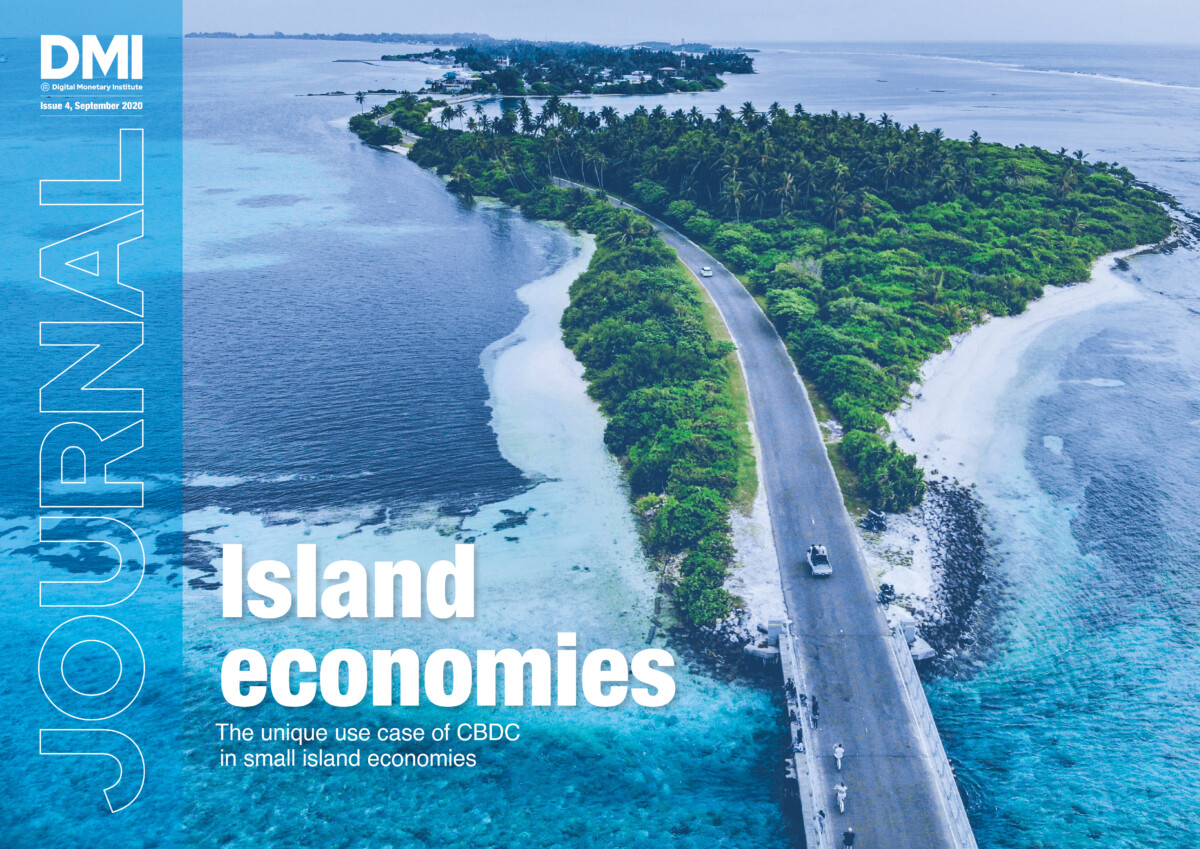Lotte Schou-Zibell, regional director at the Asian Development Bank, talks to Bhavin Patel about the uses, benefits and challenges of introducing central bank digital currencies in small islands.
Bhavin Patel: What are the fundamental needs of the underbanked and unbanked? How will central bank digital currencies address them?
Lotte Schou-Zibell: Financial inclusion is one step in eradicating poverty. Financial technology can facilitate this. But it is important to understand what a CBDC can and cannot solve. CBDCs can enable financial inclusion. But they won’t solve causes of financial exclusion.
BP: We need to be clear on what the real problem is that we are solving.
LSZ: People need to make payments, save and borrow safely and with confidence. There are 1.7bn people who do not have access to a bank account. This forces them to turn to alternative institutions that may charge high fees, which results in the unbanked being trapped in a cycle of poverty. As the financial system becomes increasingly digital, they will be left even farther behind.
BP: What are the prominent use cases and policy objectives for implementing a CBDC in small island economies? How do these differ when compared to developed and emerging economies?
LSZ: People in many developing countries have long needed more convenient digital solutions for payments. CBDC could address the high costs of remittances. We are trying to solve the operational costs and risks of physical currency.
CBDCs could give unbanked and underbanked communities opportunity to create credit history, critical for access to services offered by financial institutions. Financial inclusion is not about access to cash or digital currency. It is about access to the positive effects that come from the financial market.
Offline capabilities are important considerations as any digital system, including digital currencies, are exposed to outages, especially in small island nations. Sveriges Riksbank suggests that a centralised ledger-based CBDC could offer offline functionality. Other ways of dealing with the problem include rechargeable cards, quick response code-based prepaid cards and smart chip enabled banknotes
BP: How do you think projects such as the sand dollar in the Bahamas or the Eastern Caribbean Central Bank will influence other small islands when they reconsider their own payment infrastructures?
LSZ: Pacific island countries have many similarities with those in the Caribbean, some of which have recently launched the ECCB digital currency Dcash. The two regions face high costs of current payment methods and banking services, inadequate banking services, and inefficient methods of settling transactions. DCash seeks to increase opportunities for financial inclusion, growth, competitiveness and resilience. While the ECCB considers DCash legal tender, the intention is not to eliminate cash.
BP: Many small islands have either hard currency pegs or have dollarised. Does the lack of independence in monetary policy add a challenge for the implementation of CBDCs?
LSZ: CBDCs could foster financial inclusion, increasing the use of local currency and contribute to dedollarisation as part of a strategy that addresses its fundamental causes.
BP: How can CBDCs manage the balance between the needs of customers and institutions?
LSZ: CBDCs can be used to put in place solutions to the causes of financial exclusion, though they do not fix the root causes. They need to be paired with financial education and used to put in place solutions to the causes of financial exclusion. They must be built upon to create a digital ecosystem with financial tools and applications that are accessible to everyone.
BP: What are the main challenges in making payments for retail users in small islands?
LSZ: There is no way around the problem of internet access. However, numerous initiatives promise to make the internet more affordable and available. The Manatua cable has landing points across the Pacific. The launch of the Asia Pacific remote broadband internet satellite project, which will serve 25 countries, is expected to lower data costs and increase bandwidth for areas that have been lagging.
CBDCs require, at the least, a smartphone that lets users access their account. Only 3.5bn people own one and smartphone penetration will not reach 100% any time soon. Before governments turn to CBDCs, they must increase smartphone penetration.
Know-your-customer policies are important but require a personal ID system. The Asian Development Bank is supporting a project to establish know-your-customer procedures among money transfer operators in Samoa.
Scepticism over digital currencies is a problem, though it is understandable as even minor issues pose tremendous risks to people’s livelihoods. The launch of a retail CBDC will require an education campaign led by agencies that partner with local community groups and leaders, with mechanisms to collect and deal with complaints.
BP: Should central banks hand this off to private institutions to solve? What impact does it have on credit market and economic activities?
LSZ: There is a role for both the public and the private sector in developing a CBDC.
A CBDC could be supplied through a public-private partnership, where the central bank supplies the critical infrastructure while the private sector can compete at the customer level.
The private sector would support further development through innovation and develop user-friendly solutions, something a central bank may be less well-placed to do.
Bhavin Patel is Senior Economist and Head of Fintech Research at OMFIF. This interview originally appeared in the Digital Monetary Institute Journal.
Fill out the form below to download the latest edition of the Digital Monetary Institute Journal

